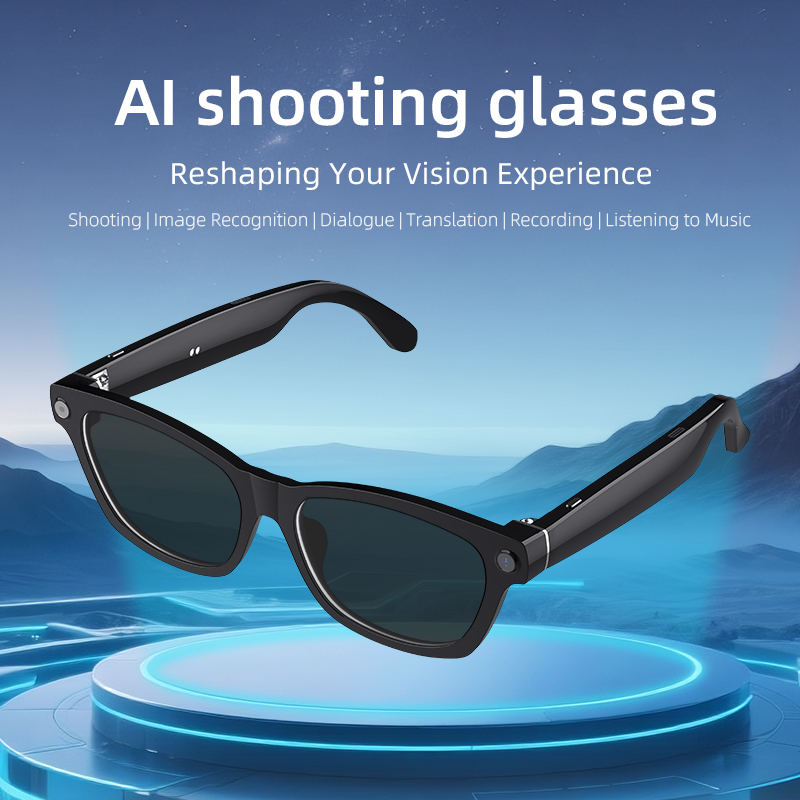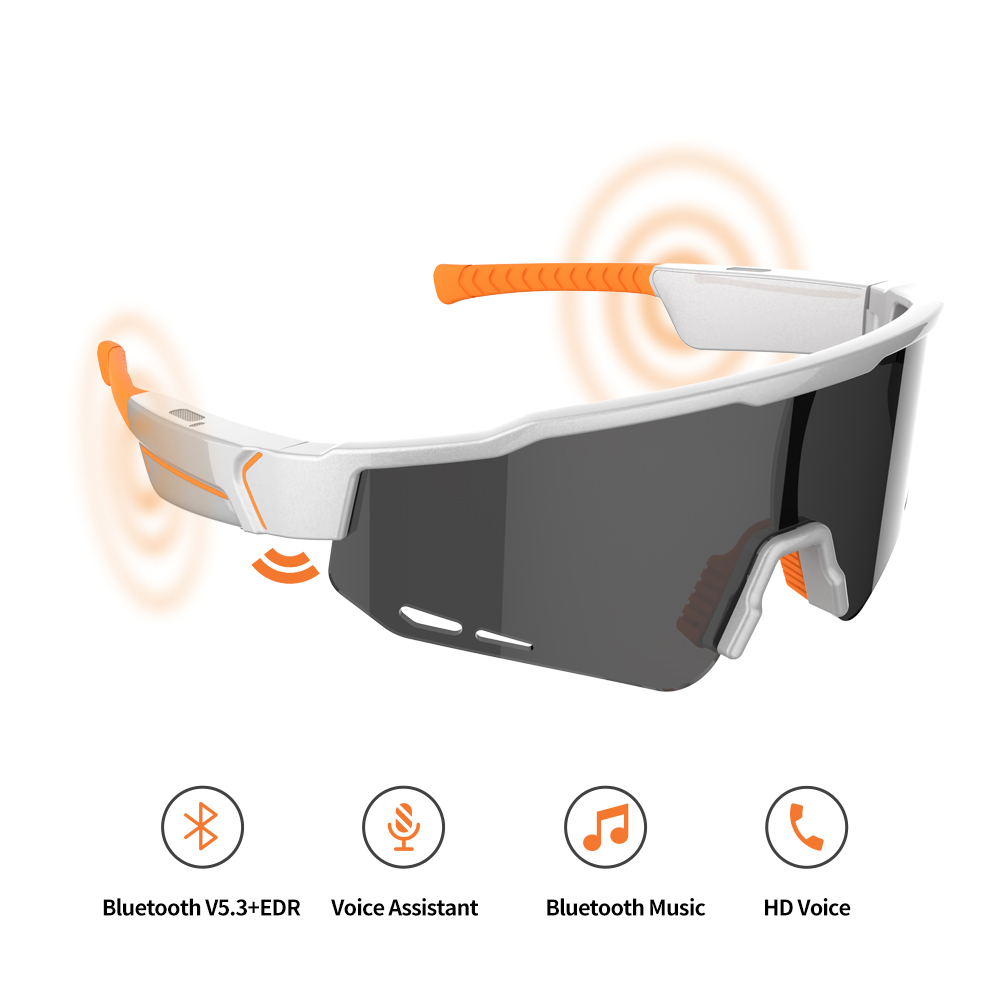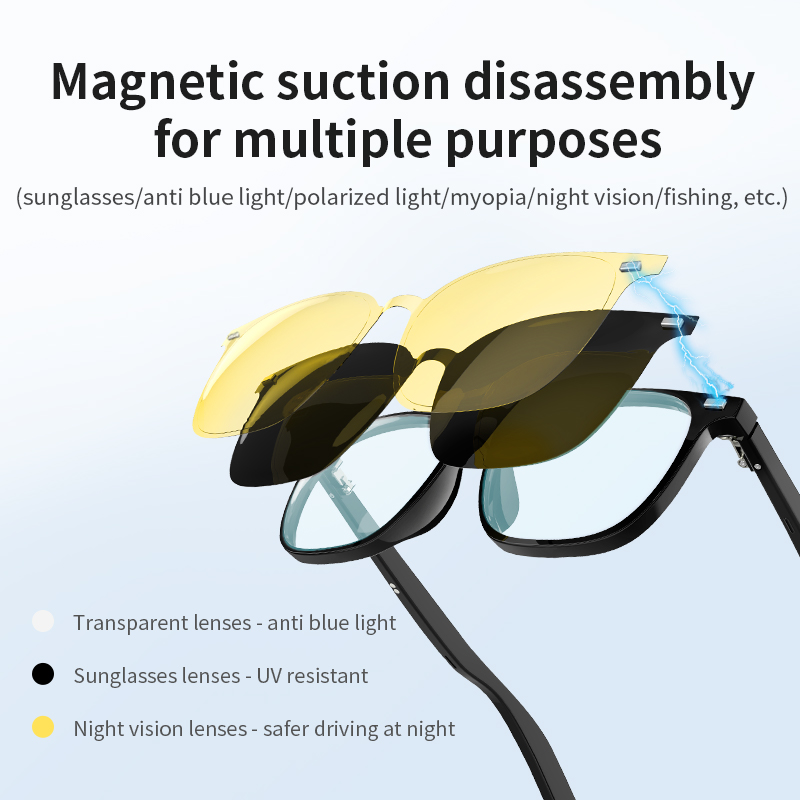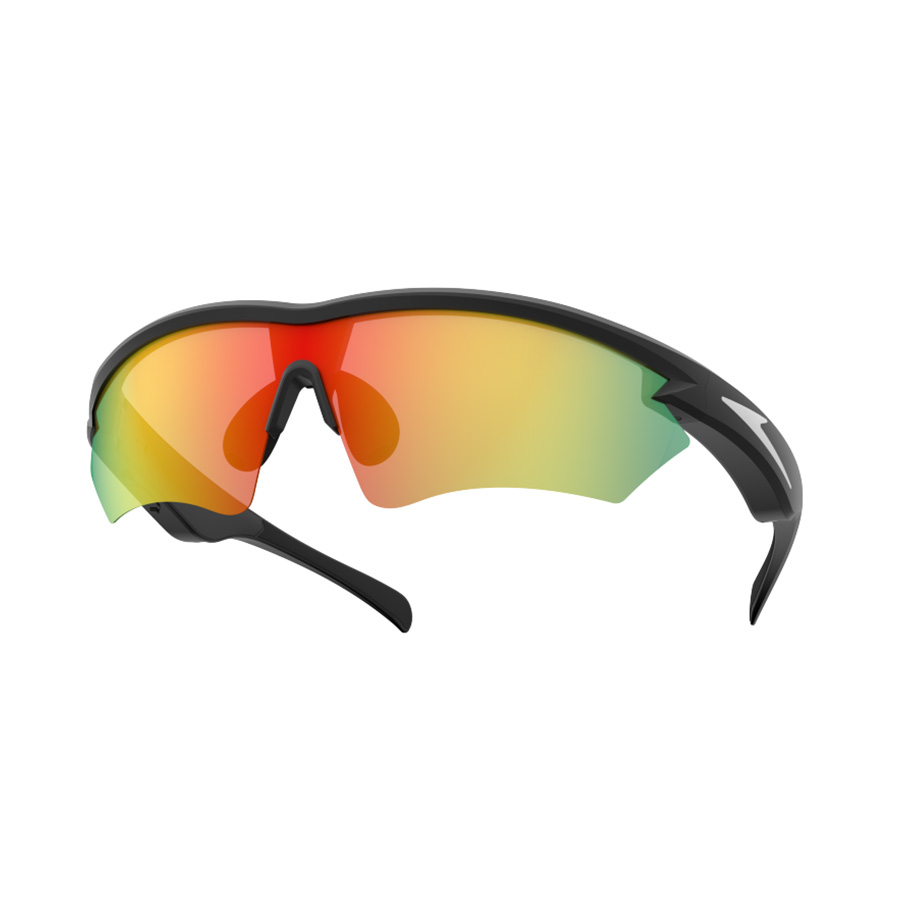PRODUCTS
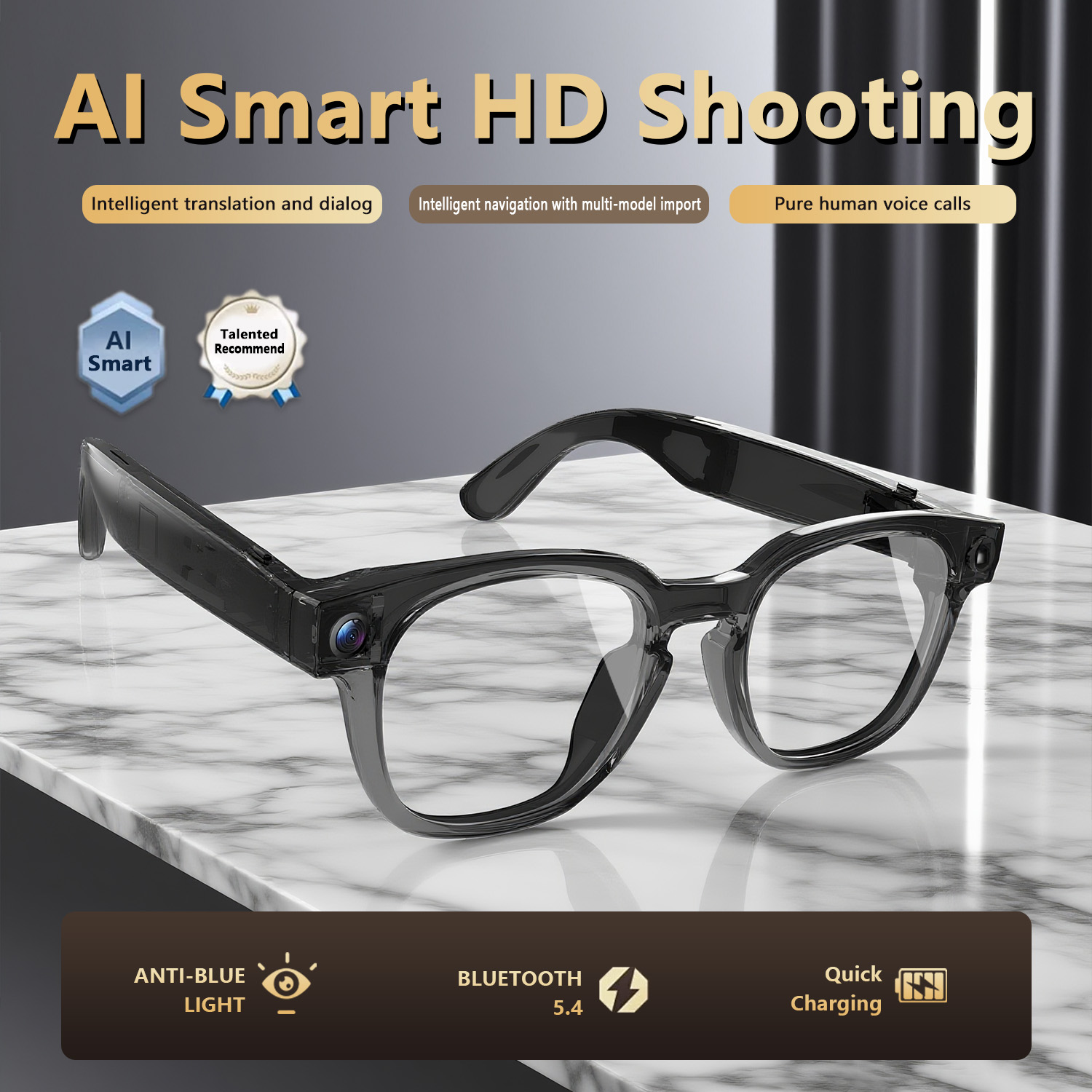
On the cobblestone road in the old city of Istanbul, German architect Markus lifted his glasses frame, and the mottled Ottoman architecture before him was instantly marked with detailed construction years and architectural styles. When his gaze swept over a beautifully carved lintel, the glasses automatically completed the composition and recorded the moment - this is not a scene from a science fiction movie, but a reality being created by AI powered camera glasses.
1、 Redefine the nerve endings of vision
The latest generation of AI camera glasses is equipped with a bionic vision chip, which has a computing power 50 times greater than the first generation system of the Google Brain project in 2012. By combining micrometer level camera arrays with neural morphological sensors, such devices can complete the complete chain from light capture to semantic understanding in 0.3 seconds. The circular retina projection technology of OPPO Air Glass 3 achieves a display accuracy of 60 pixels per degree, approaching the maximum resolution of the human retina.
2、 The tip of the iceberg of disruptive applications
At the mural restoration site of Dunhuang Academy, researchers are using smart glasses to automatically label areas of paint peeling and provide restoration suggestions by comparing historical data. In the medical class at the University of Tokyo, students' glasses display real-time 3D layered images of anatomical structures and automatically generate personalized study notes.
Innovative cases have also emerged in the consumer market: travel bloggers complete vlog shoots by blinking, food delivery riders operate navigation systems with their eyes, and designers create virtual designs directly on the projected design on the retina. What's even more amazing is that some models already have a "visual memory enhancement" function, which can automatically organize user visual information and establish retrievable memory maps.
This emerging market worth $24 billion is facing three challenges: the technological game of privacy and security boundaries, the redefinition of human-computer interaction paradigms, and the conflicting balance between display technology and endurance. The latest ethical guidelines for wearable AI devices issued by the European Union require that all visual enhancement devices must be equipped with physical shutters and explicit recording indicator lights.

